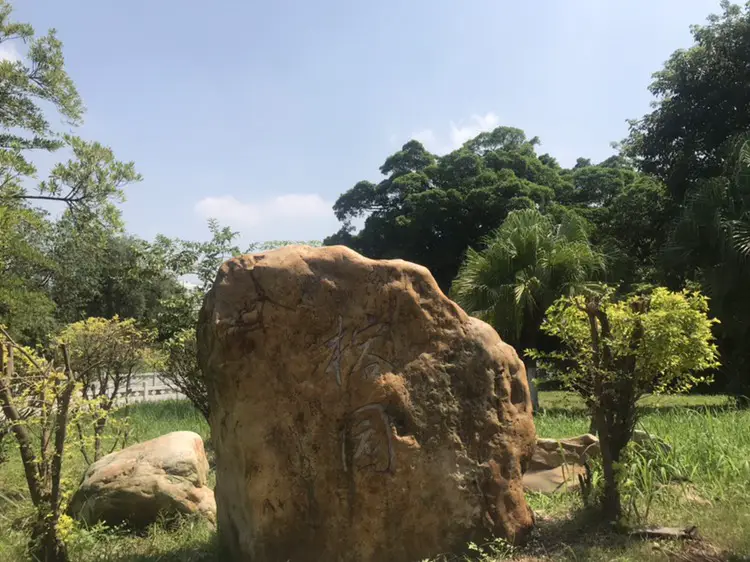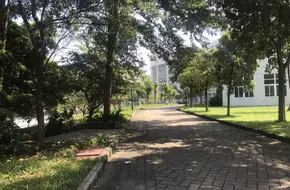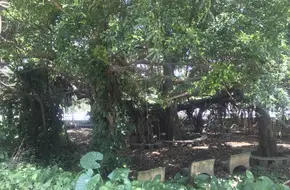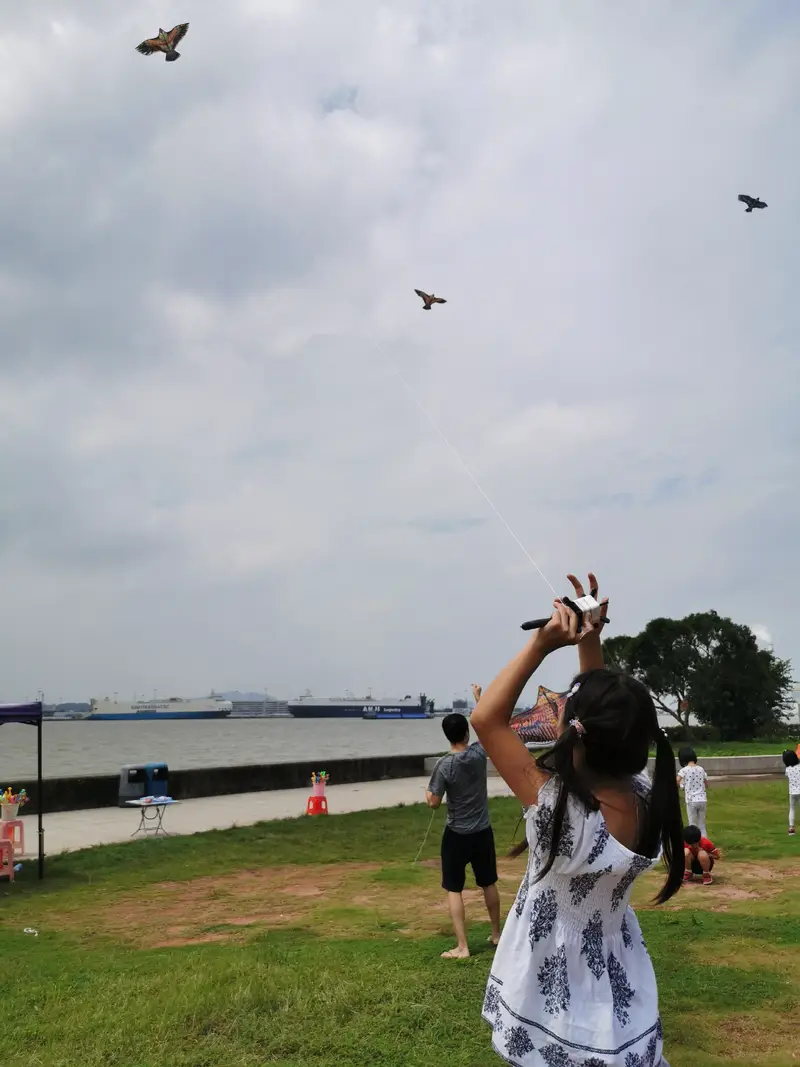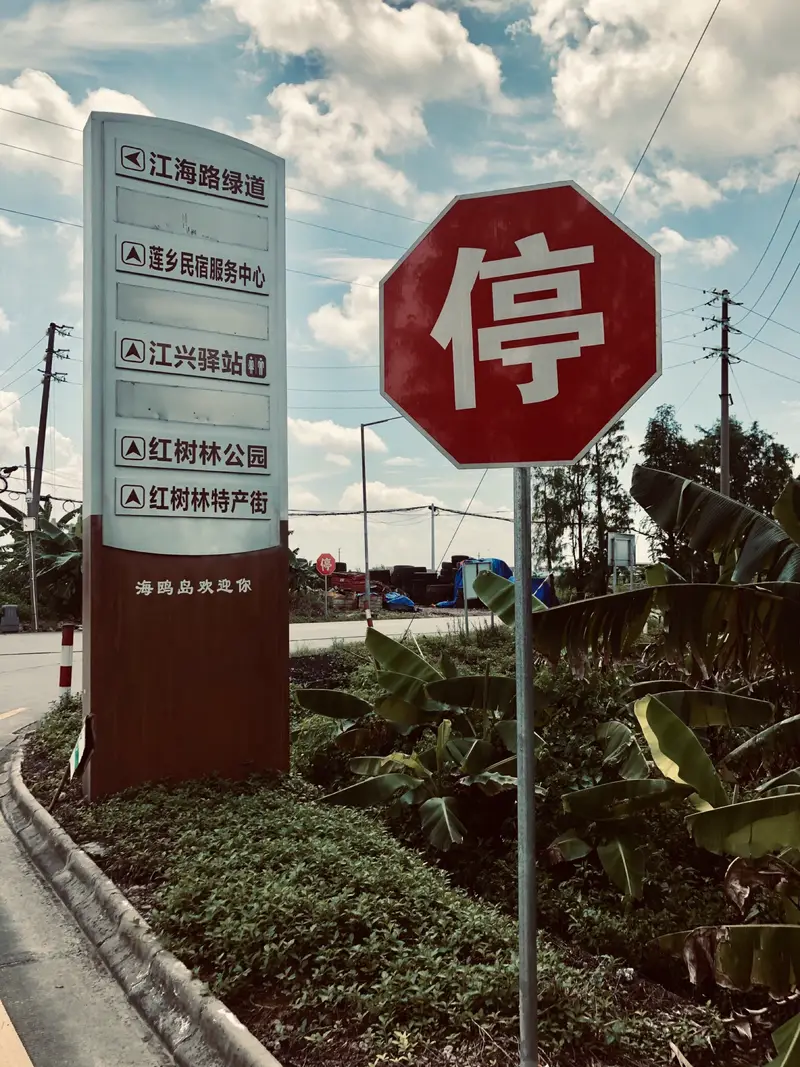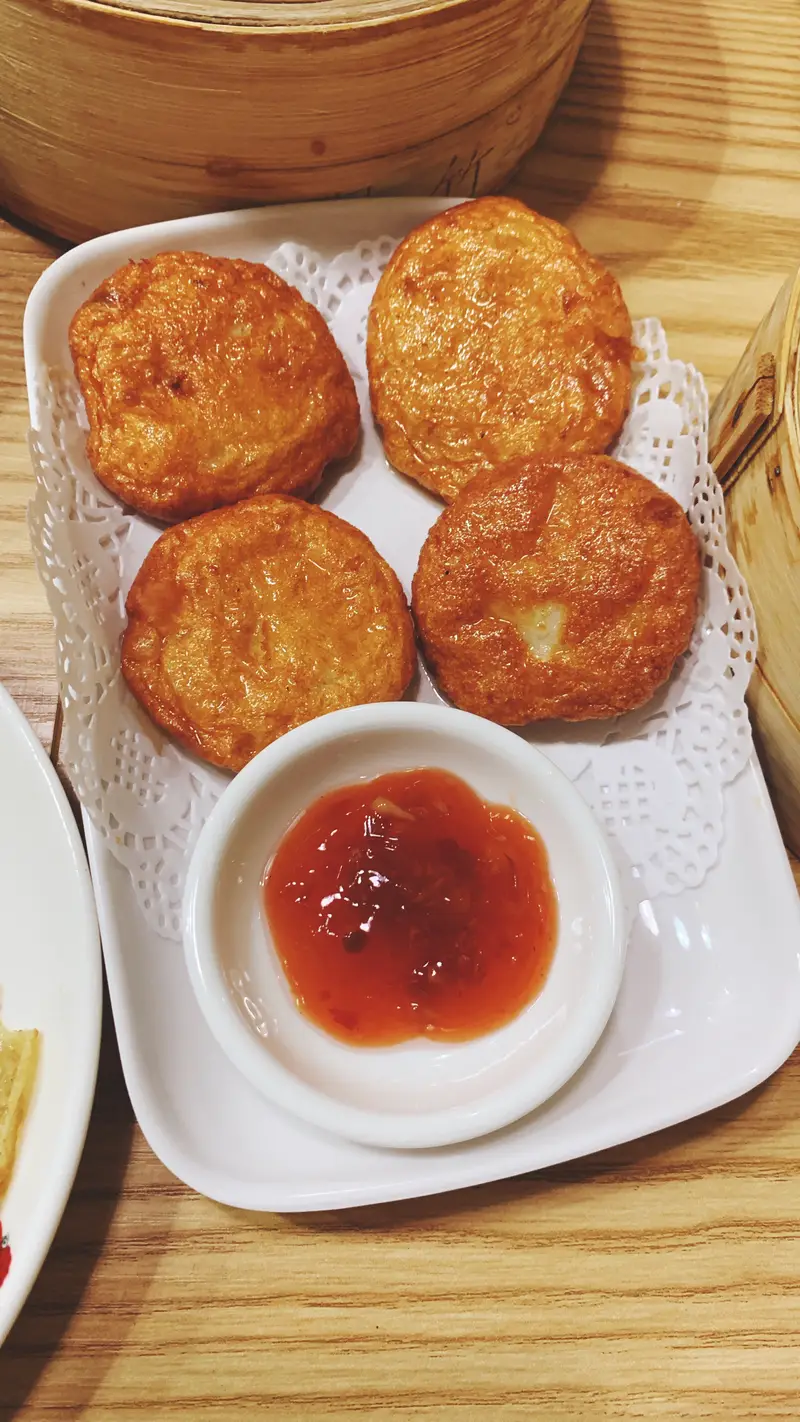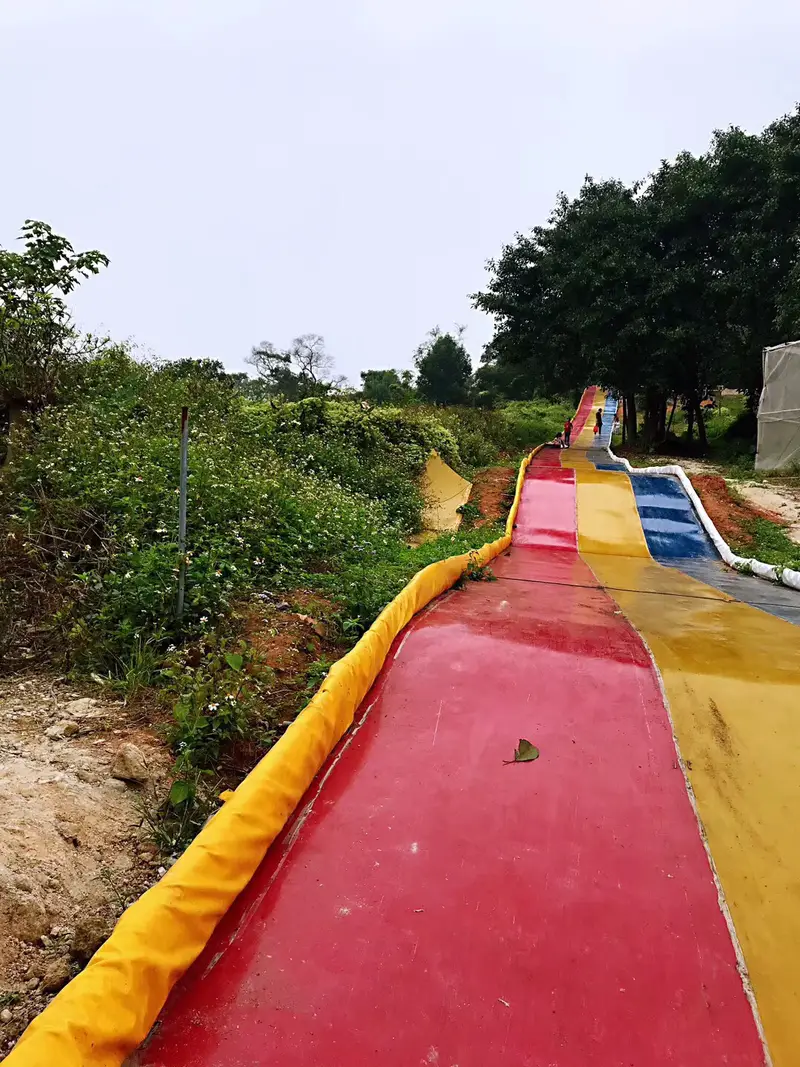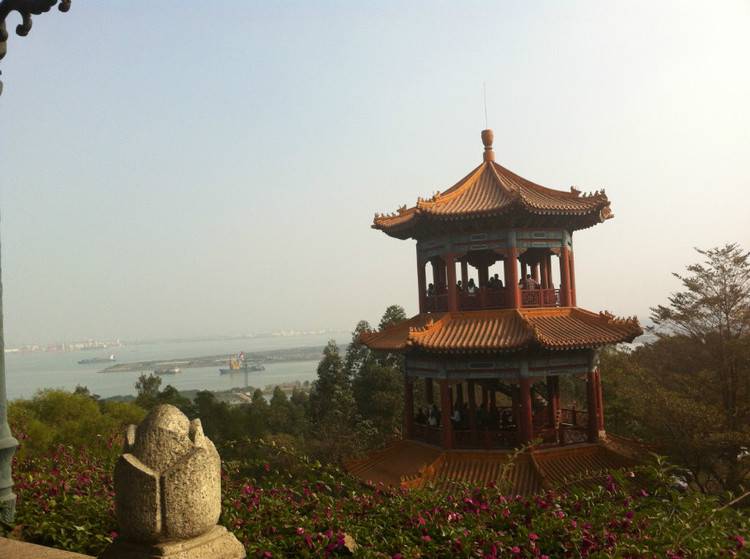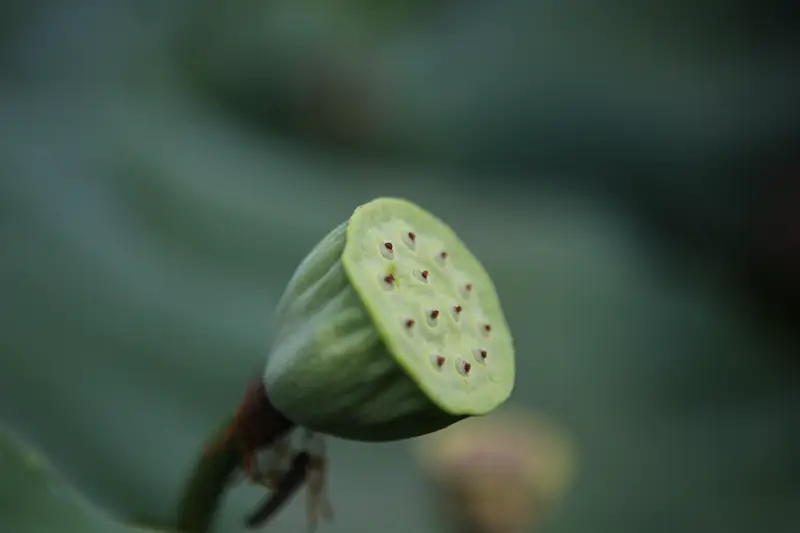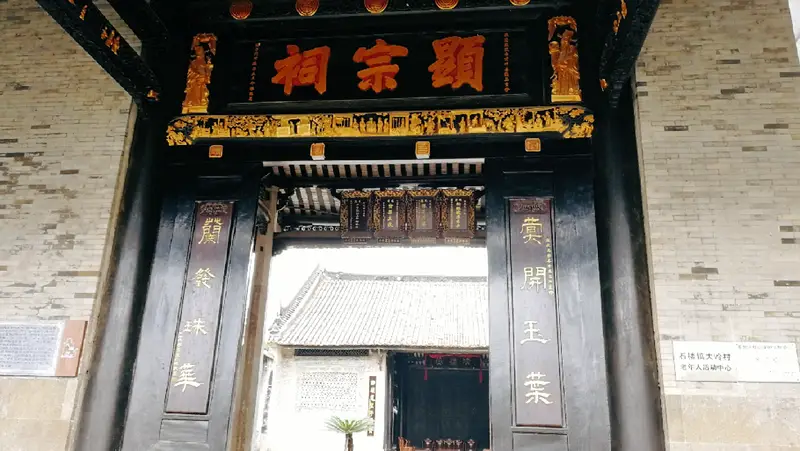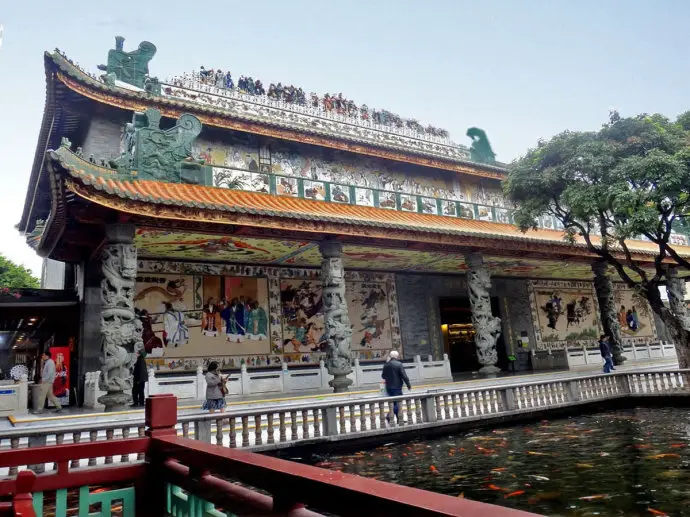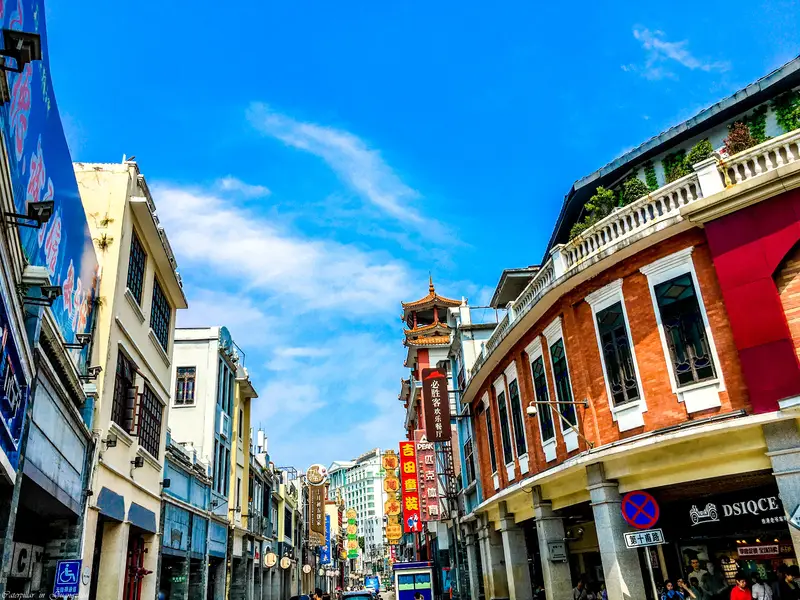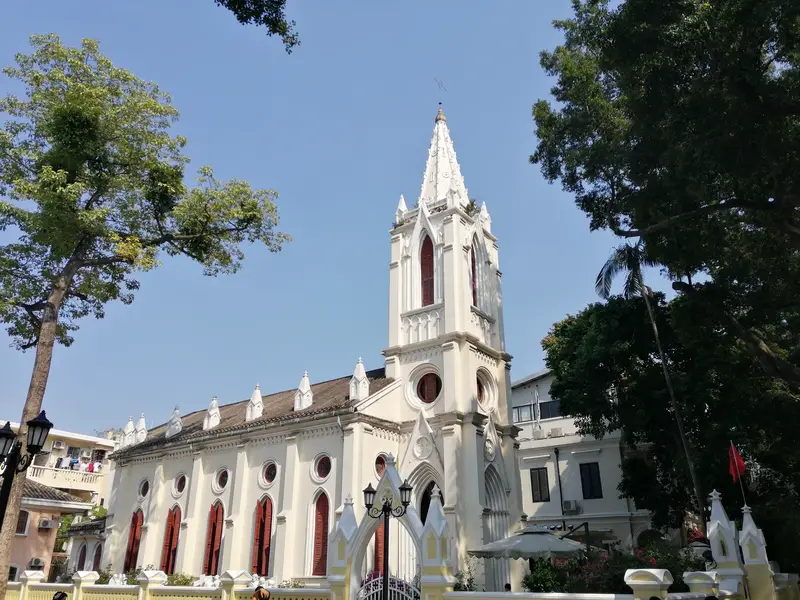Banyan Garden sits quietly within the campus of Guangzhou University of Chinese Medicine (GZUCM) in Panyu District, Guangzhou. Though tucked inside an academic area, it’s surprisingly open to visitors—just follow the signs from University Town Station (a 10-minute walk) or take Metro Line 7 to Banyan Garden Station (exit A, 5-minute stroll). If driving, park near the GZUCM Main Gate and wander through the lush campus pathways to reach it.
Natural Beauty: A Banyan Oasis
The garden lives up to its name: towering banyan trees, some over a century old, dominate the space. Their twisting roots and sprawling branches create natural archways, perfect for shaded picnics. Wander through lotus ponds buzzing with dragonflies, cross wooden bridges over lily pads, and spot koi fish in crystal-clear pools. In spring, purple blooms contrast with the deep green of banyan leaves, while autumn brings a cozy crunch of fallen palm fronds.
Cultural Connections: Meet Tradition
Beyond nature, Banyan Garden blends Chinese medicinal heritage into its design. You’ll find labeled herb gardens with plants like ginseng and honeysuckle, plus stone carvings explaining their uses. A tiny traditional medicine stall sometimes offers free herbal tea samples—minty, earthy, and utterly unique. Look for red-lacquered pavilions hosting rotating exhibits on Guangzhou’s herbal history, complete with antique mortars and pestles.
Practical Perks: Visitor-Friendly
Despite being on a university campus, Banyan Garden feels welcoming. Clean restrooms, free Wi-Fi hotspots, and shaded benches make it easy to relax. The on-site cafe serves affordable snacks, including egg tarts and herbal jelly. For deeper exploration, rent an English-voice audio guide (¥20) that explains plant species and cultural symbols.
Tips for the Perfect Visit
Morning visits dodge midday crowds and heat. Wear comfy shoes—the garden’s winding paths invite slow strolls. Photo tip: The ancient banyan’s roots near the east entrance create a dramatic frame for portraits. Families will love the children’s corner, where kids can crush herbs in mini mortars. Just remember: While the garden is free, the adjacent GZUCM Museum charges a small fee if you want to dive deeper into TCM secrets.
Banyan Garden isn’t just a pretty spot—it’s a living bridge between nature and tradition. Whether you’re a plant lover, culture buff, or someone seeking quiet, this hidden gem in Panyu delivers a dose of tranquility with a side of Chinese wisdom.


